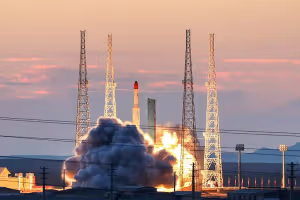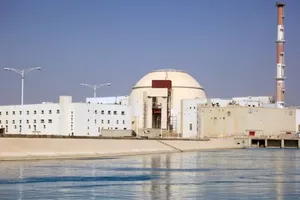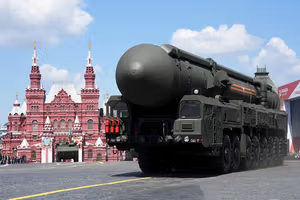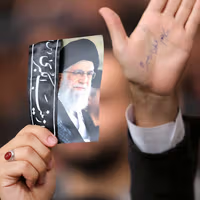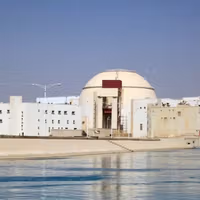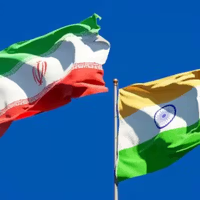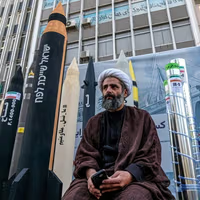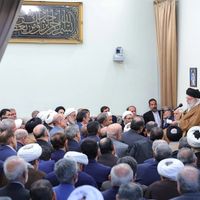The previously undisclosed visit, held between November 7 and 11, 2024, involved physicists and engineers travelling on consecutively numbered diplomatic passports and meeting Russian institutes connected to military research, the report said, citing documents it obtained and corroborated through corporate filings, sanctions records, leaked travel data and other correspondence.
According to the report, the exchanges form part of a broader pattern of contact between Russian military-linked research centers and Iran’s Organization of Defensive Innovation and Research (SPND), a Defense Ministry body long sanctioned by Washington for alleged work on nuclear weapons design.
Jim Lamson, a senior research associate at the James Martin Center for Nonproliferation Studies and a former CIA analyst, told the FT the evidence indicated that Iran’s defense-linked scientists were “seeking laser technology and expertise that could help them validate a nuclear weapon design without conducting a nuclear explosive test.”
Tehran maintains its nuclear program is entirely peaceful, and Moscow has publicly opposed the Islamic Republic obtaining a nuclear weapon.
The delegation met Laser Systems, a Russian company under US sanctions that develops equipment for both civilian and classified military use.
The November 2024 mission followed an earlier set of meetings revealed in August, which showed that a Vienna-linked procurement network involving DamavandTec – and using diplomatic passports issued by Iran’s foreign ministry – had arranged introductions between Iranian nuclear scientists and Russian companies with defense and intelligence ties.
Academic and institutional records reviewed by the FT showed the men who travelled were not DamavandTec employees but researchers from Shahid Beheshti University, Islamic Azad University of Kashan and Malek Ashtar University of Technology, an institution under US and EU sanctions for its role in nuclear-related activity.
The FT said the visit had been framed in invitations as an opportunity for technological collaboration, though the scope of any technology transfer between the two sides remains unclear.
The findings come against the backdrop of years of Western allegations that SPND operates covert procurement networks in Europe and Asia to source dual-use equipment.
An investigation by Iran International in 2025 documented a Vienna-based hub tied to SPND-linked front firms purchasing neutronics-related and other sensitive components with potential applications in nuclear weapons design.
Washington has sanctioned more than 30 SPND scientists and multiple affiliated entities, saying the organization oversees “dual-use research and development activities applicable to nuclear weapons and nuclear weapons delivery systems.”
In 2024, Iran’s parliament formally recognized SPND under Iranian law, placed it under the authority of the Supreme Leader and exempted its budget from parliamentary oversight.

